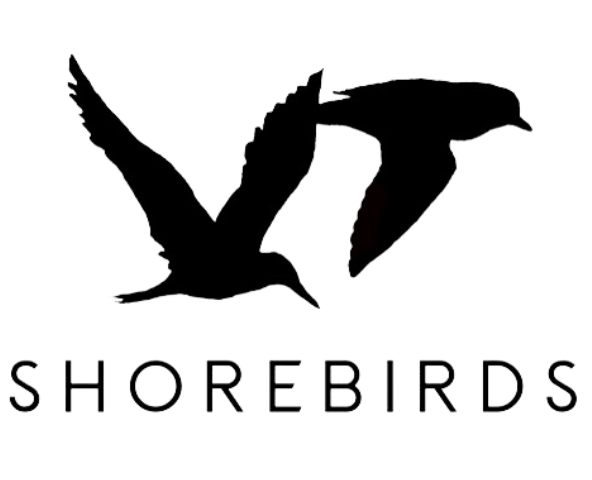Hemispheric Impact
local projects, hemispheric insight
Our work with royal terns began with a project in tidewater Virginia, but through collaborations with other researchers and the USGS Bird Banding Lab, we have initiated a project to study the survival, recruitment, and migratory connectivity of royal terns in the western hemisphere. Since the 1970s, numerous large banding projects have been initiated throughout the Atlantic and Gulf Coasts of the U.S. Despite the long history of banding and local studies, no comprehensive review and analysis of this rich data set has been been done. Royal terns from these locations are resighted and recovered throughout the Atlantic, Gulf, Caribbean, and along both coasts of South America. Royal terns are an example of how we are all connected to far-flung locations by migratory birds. Although numerous, the habitats upon which royal terns and other seabirds rely are threatened by numerous factors such as climate change, human disturbance, and the proliferation of predators. In addition to adding to our knowledge of avian ecology and life history, studies such at this are integral to understanding the potential impacts of our changing climate and coastlines.
We are developing a combined recovery/recapture model that will assess survival, dispersal, and migration for birds banded over the last 30 years in the mid-Atlantic and the Gulf. Coupled with current work using plastic field readable bands, we will develop a comprehensive model of the demography of this widespread, iconic seabird throughout the western hemisphere, across seasons, and across decades.
A History of Banding
Did you know that since the early 20th Century, over 600,000 Royal Terns have been marked in the United States alone? We are working with the USGS Bird Banding Lab to make use of these data for future conservation efforts. Above, you can visualize the hemispheric impact of these banding programs. The app allows you to modify the data displayed on the map, including banding year, the year the birds was recovered, and the month the bird was recovered.

